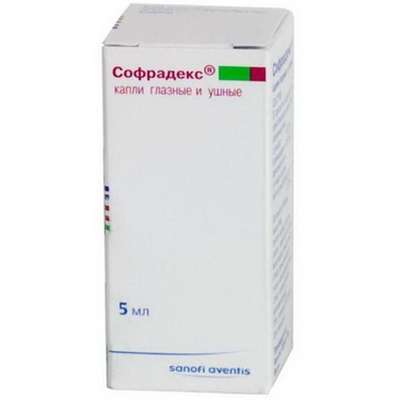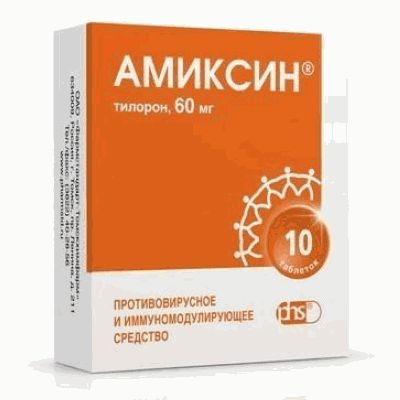Peptides in sports
07 Aug 2017
Sport peptides (in Greek, "πεπτος" means "nutritious") is an extensive group of amino acid preparations that has gained a high popularity among professionals and bodybuilders. These compounds, obtained by genetic engineering, consist of chains, split into tiny fragments of protein molecules. They accelerate the regenerative processes, enhance the production of their own anabolic hormones, affect the mechanism of maturation and cell division, and also have other positive effects that contribute to improving sports achievements.
Role of peptides in sports pharmacology
Currently, peptides and sports nutrition are two interchangeable concepts. Many professionals believe that it is the amino acid compounds that are allowed, safe and simple enough to use, the future of sports pharmacology stands. To date, the mechanism of action of synthetic peptide complexes used in power sports has been well studied. Being effective and acceptable hormonal anabolics, they have the ability to accelerate the growth of pure muscle tissue, which is so appreciated by weightlifters.
All amino acid preparations, included in the group of specialized sports nutrition, are divided into structural and functional. Structural compounds, which are a highly purified form of protein, begin to act immediately after the cleavage of amino acids, leading to an accelerated build-up of muscle mass. More functional among athletes, functional complexes, depending on their amino acid composition, can act in different directions. Some are used as preparations of a general anabolic action, others are used to tighten separate groups of lagging muscles, others - to obtain a uniform tan, the fourth - for rapid recovery from injuries, increased libido, etc.
Growth hormone stimulating peptides
Most often, the term "peptides in sports" refers to the course use of biologically active compounds that stimulate the secretion of its own growth hormone: somatoliberins (analogues releasing hormone GR) and ghrelin mimetics (releasing growth hormone peptides).
Analogues of somatoliberin include such popular peptides for athletes as GHRP-2, GHRP-6, Ipamorelin, etc. They begin to act immediately after administration, creating a peak GH release. This favors the buildup of clean muscle mass, the burning of subcutaneous fat and the rapid recovery from injuries.
The compounds belonging to the ghrelin mimetics group (GRF 1-29, CJC-1295, Tesamorelin, etc.) give a signal on the secretion of STH, binding to growth hormones through receptors, and providing wave-like GH jumps for a certain time. The cost of these drugs is higher, however, it is fully justified by the greater efficacy of pharmacological action.

 Cart
Cart





